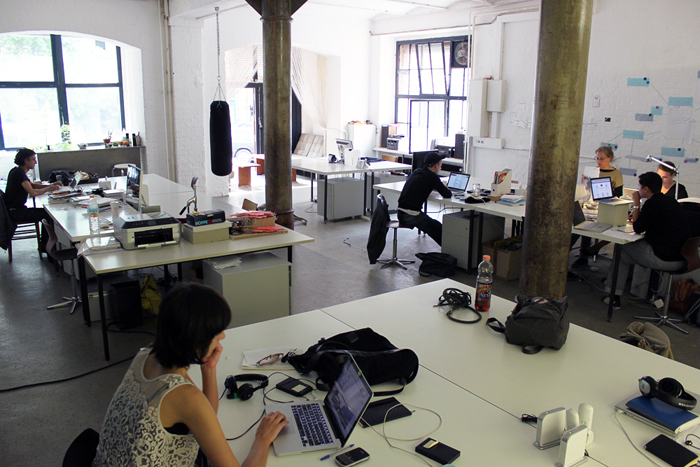Communication (n) – a process by which information is exchanged between individuals through a common system of symbols, signs, or behavior.
During this very difficult time of the entire world fighting the CoVid-19 virus, companies have been forced into this new normal – a way of getting things done through entirely remote teams, connected virtually through mediums such as Google Meet/Zoom (meetings), Slack / MS Teams (asynchronous communications), and of course good old Email.
In this blog, I will attempt to condense my decade or so of learning to communicate properly. These are years of communicating with geographically dispersed teams across three continents, with teams that worked on strong waterfall models, with teams that have been extremely agile and dynamic, with cross-functional teams (business vs tech vs product), with teams that were amicable vs hostile ; you get the gist. Disclaimer – This subject is huge, and I am still learning.
Up until now, good/great communication has been seen as a productivity booster ; but now, with this new norm, it is a necessity ; and can potentially do harm if not done properly.
Just to recap, the advantages of good communication remains the same as always:
- Unambiguously transmission of information
- Get alignment
- Take quick decisions
- Reduce communication strain (reduce unnecessary back-and-forth flow of information)
And lets dive into the thick of it. These are points that are in no particular order (of importance or otherwise).
Email:
- There is not a more trite advice than writing concise short emails ; but people still do not follow it.
- Subject line should always say exactly what the email contains. This is the first level of mind filter. Use it to your advantage. If it is important, use tags such as [Important], [Blocked], [Need Your Approval] etc to identify actionable emails.
- Start the email always with a sentence on what this email is about. Most people will choose to read the email or not or park for later depending on this.
- In this first sentence, always ensure you are setting the expectation for the reader on what she will get out of this email. Use phrases such as ‘short list’, ‘summary of..’, ‘detailed explanation of ..’.
- Use bullet points thereafter. The human brain processes this much better. Seeing three bullets (with explanations if required) gives the user a sense of quantifiable effort required to read/process the email – than three paragraphs (which will 90% get skipped).
- Last sentence – always summarize. Highlight or bold or identify with [Summary]. The hurried email reader will be super happy.
Slack:
- Use the right channels. Tag the right people appropriately.
- Decide when to write on channel and tag someone or DM someone directly. Its important. If the Signal-to-Noice ratio becomes unmanageable, focus workers such as developers and designers will inevitably mute the channel.
- Use @channel very sparingly – only for appreciations and announcements
- If you are a leader, and you are going to be doing this often, have a separate channel for the same.
- Have a separate channel for fun and banter.
- Decide early whether you want to have project based channels (#new-design-revamp, #add-apple-wallet, #loyalty) or any other way of identifying channels (#android, #ios, #frontend, #ui, #design)
- Use threads to your advantage. Keeps the channel clean.
- Use the ‘Sent to Channel’ also option sparingly. It is always confusing to see the same thing in two places. Reserve it for important information that you want to surface to the entire channel.
Zoom / Hangouts / Phone:
- Always set context on email / invite. Always repeat context in the first 2 minutes of the call (if you are leading the call).
- If there is a decision that needs to be taken in a meeting, there has to be someone who will continuously need to be on the look-out that, the conversation steers in that direction.
- If it is a catch-up call, that one person needs to ensure that, there is equal mic-time for everyone.
- For detailed discussions, Amazon’s written spec method or a separate presentation-followed-by-discussion is the best. We should all accept reality that not all discussions can be done in a status/catch-up meeting. Relevant folks have to get back together virtually and do it separately.
- Short focused meetings help attendees feel that meetings are not a waste of time. A few vague meetings are enough to change this perception. As a leader or yet another meeting attendee, let us do each of our bit to ensure that this does not happen. (This is also called meeting fatigue).
- For important meetings. one person should always take down notes.
- Brainstorming sessions are a different beast, which I will blog about later, as a separate post.
Hope this free rambling set of communication learnings help. Will try and write more on these in the days to come.






































